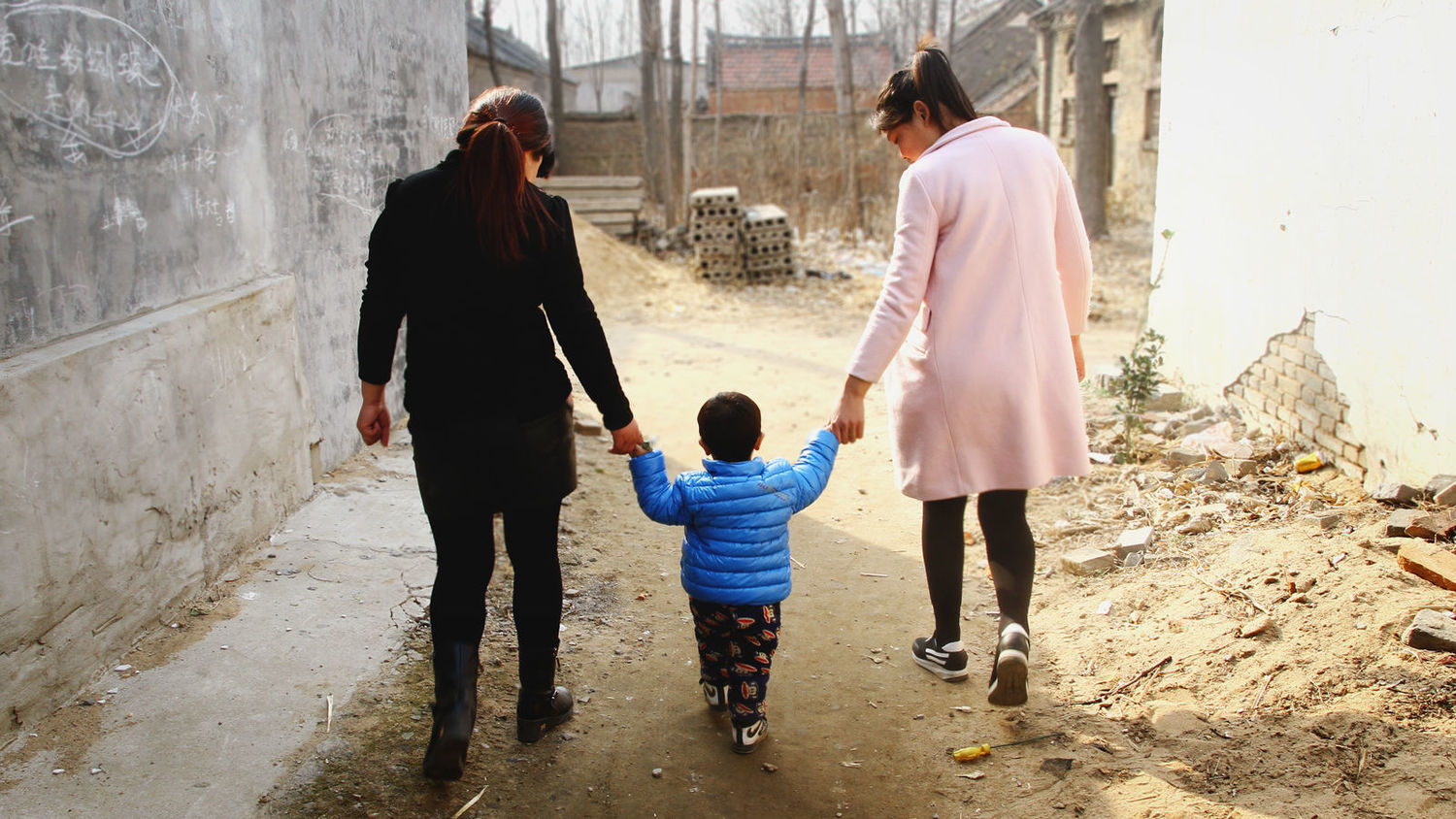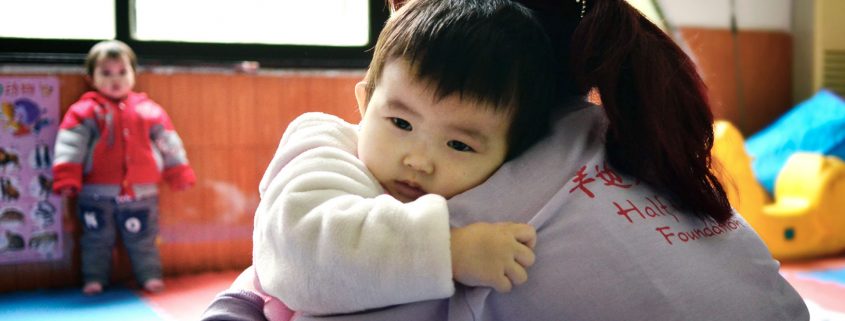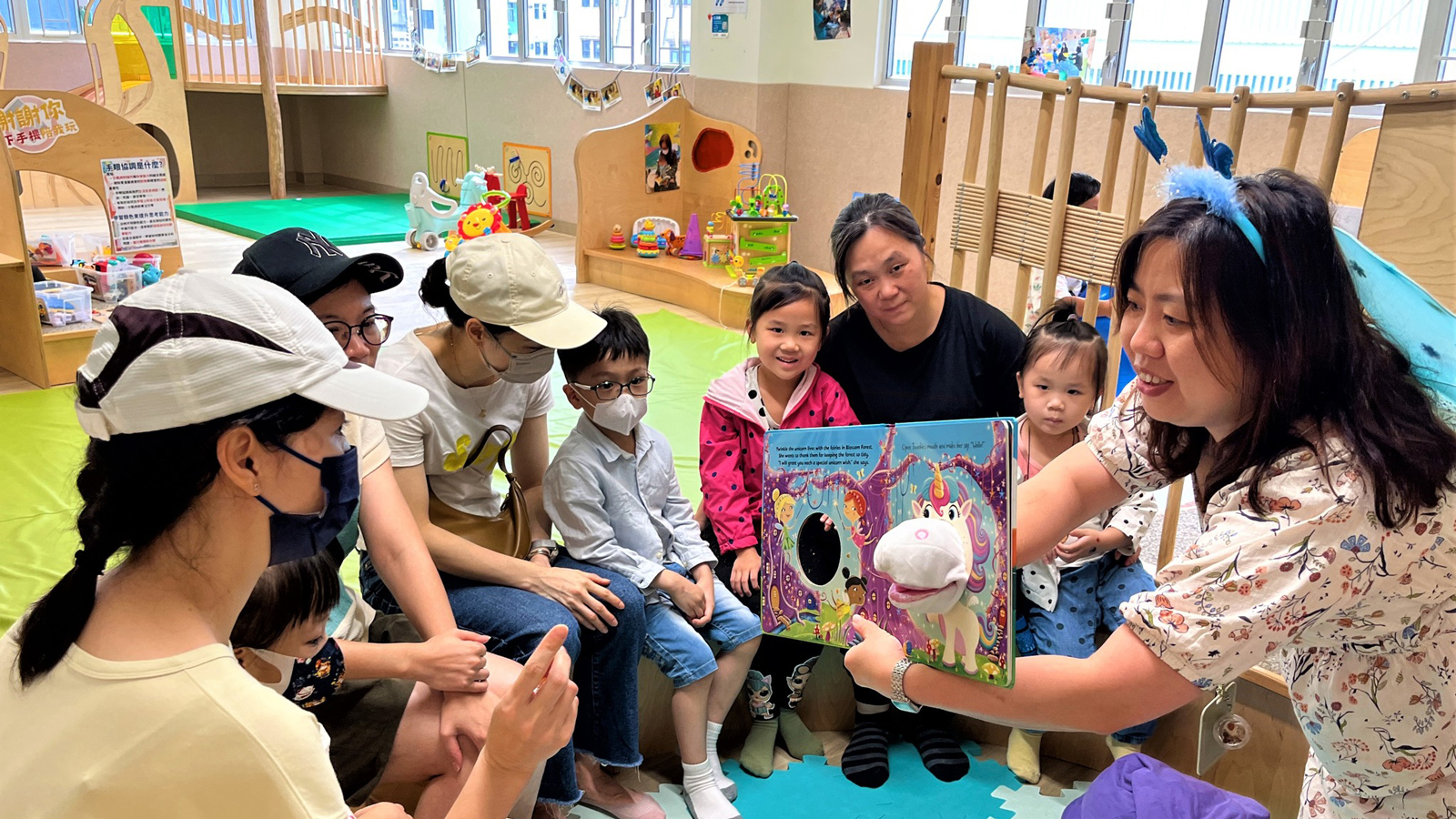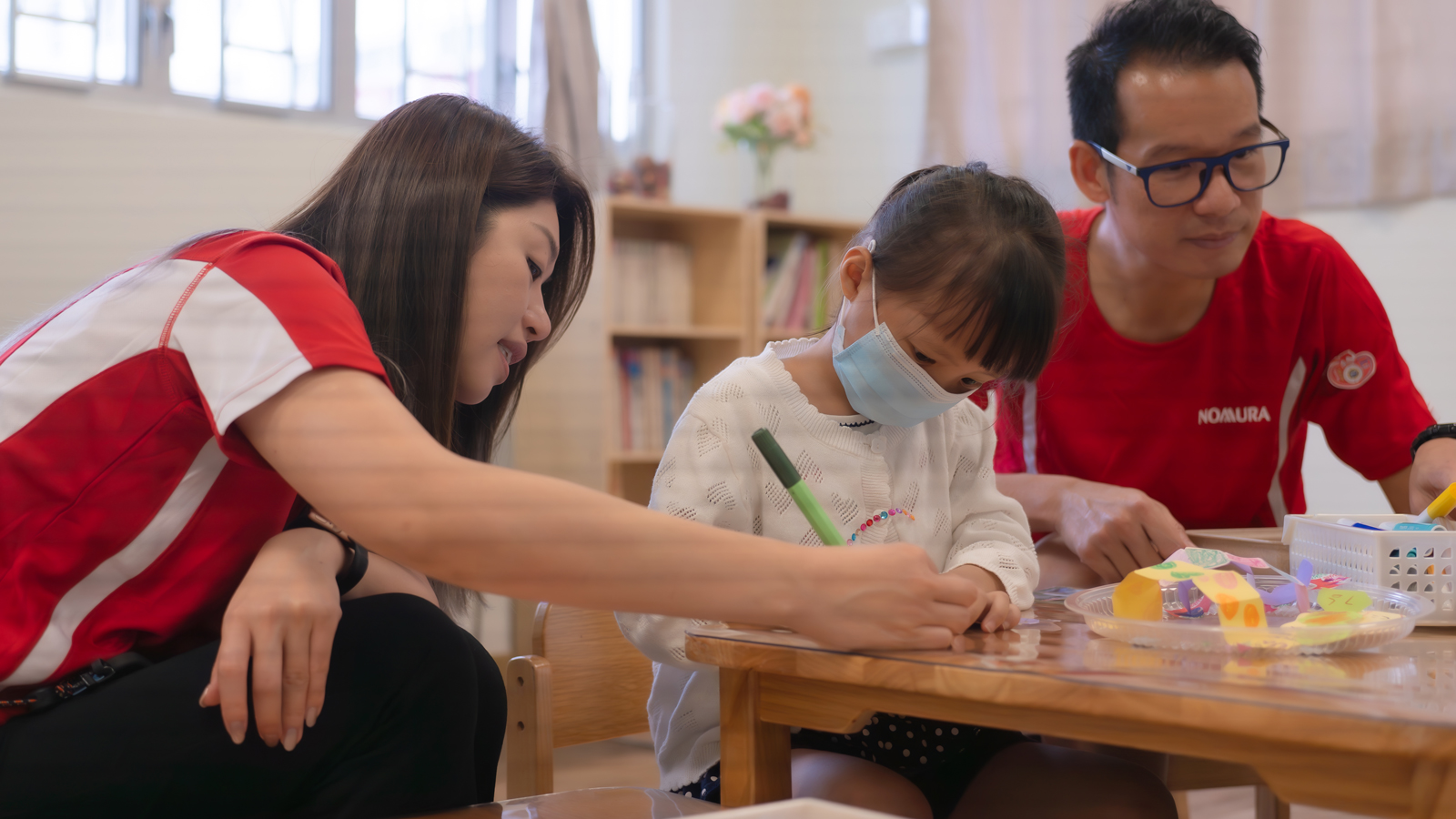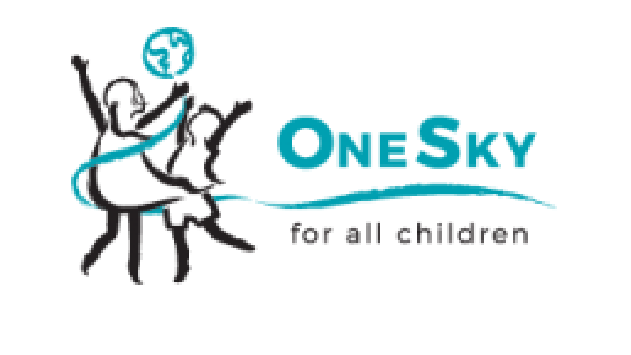The Empathic Child
Children can be our greatest teachers.
They offer us delight and warm our hearts, reminding us of the good in ourselves and the good in life. A baby’s vulnerability can melt the hardest heart. Connecting with other people comes naturally to an infant who is lovingly cared for. A baby reacts to a caregiver’s smile, or cries when she hears another infant’s cry. A couple of years later, if that child continues to experience love, she’ll grow into a little girl who hands her playmate a toy when the friend is upset. Or shares her own cookie.
That’s empathy—the ability to understand and care about the experience of another human being.
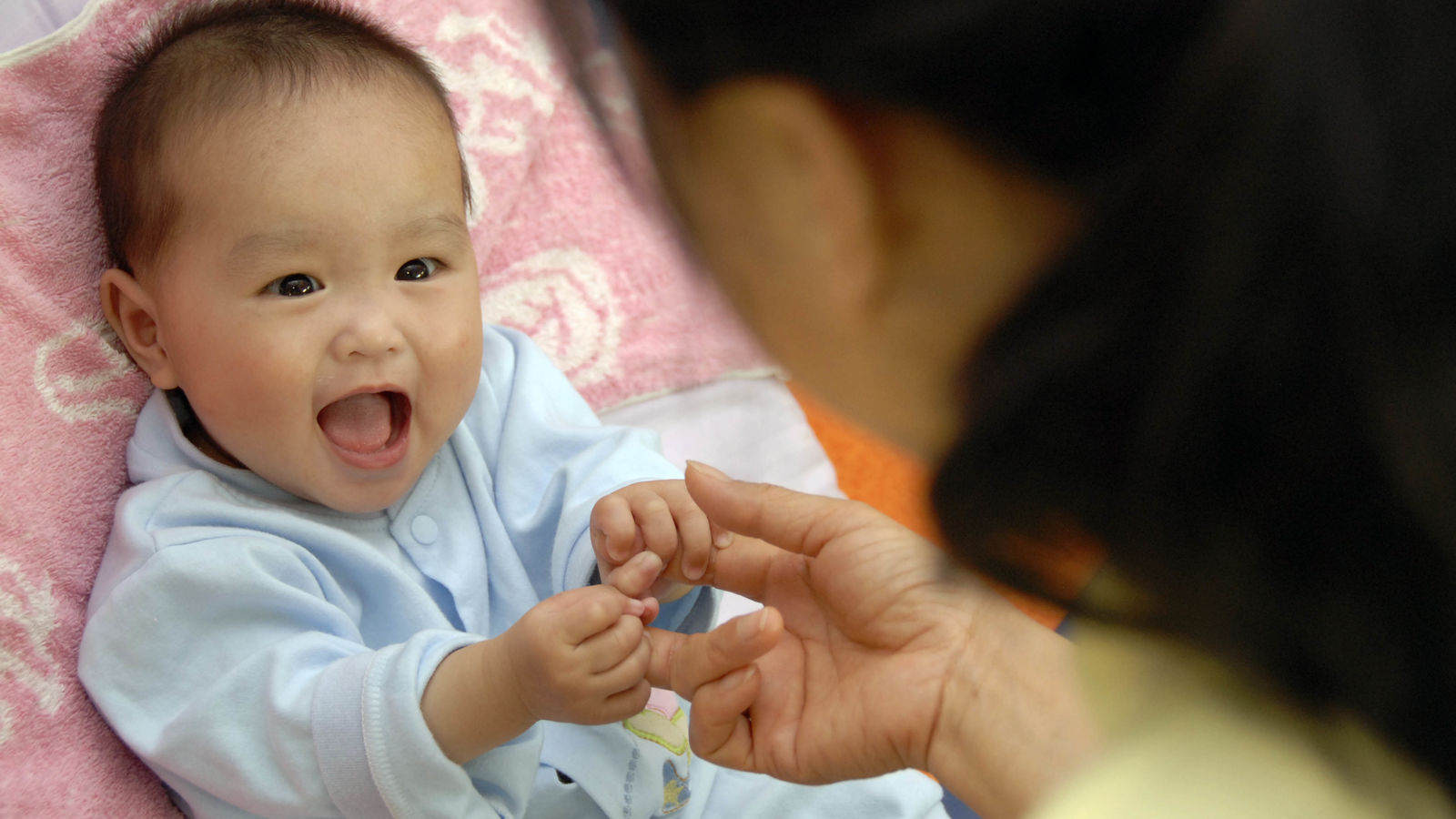
Later, as children who have developed this quality continue to grow, they might stand up to bullies, hug their friends when they look sad, or raise money for the homeless. In that way, empathy grows into altruism—acting in a way that helps others.
Some children’s ability to empathize is on track from the start. Such children are usually fortunate enough to have loving adults in their lives early on and one-on-one attention. Others are not so lucky, children whose early start has lacked what they need for healthy physical and emotional growth, children who haven’t been comforted or hugged, spoken to or held.
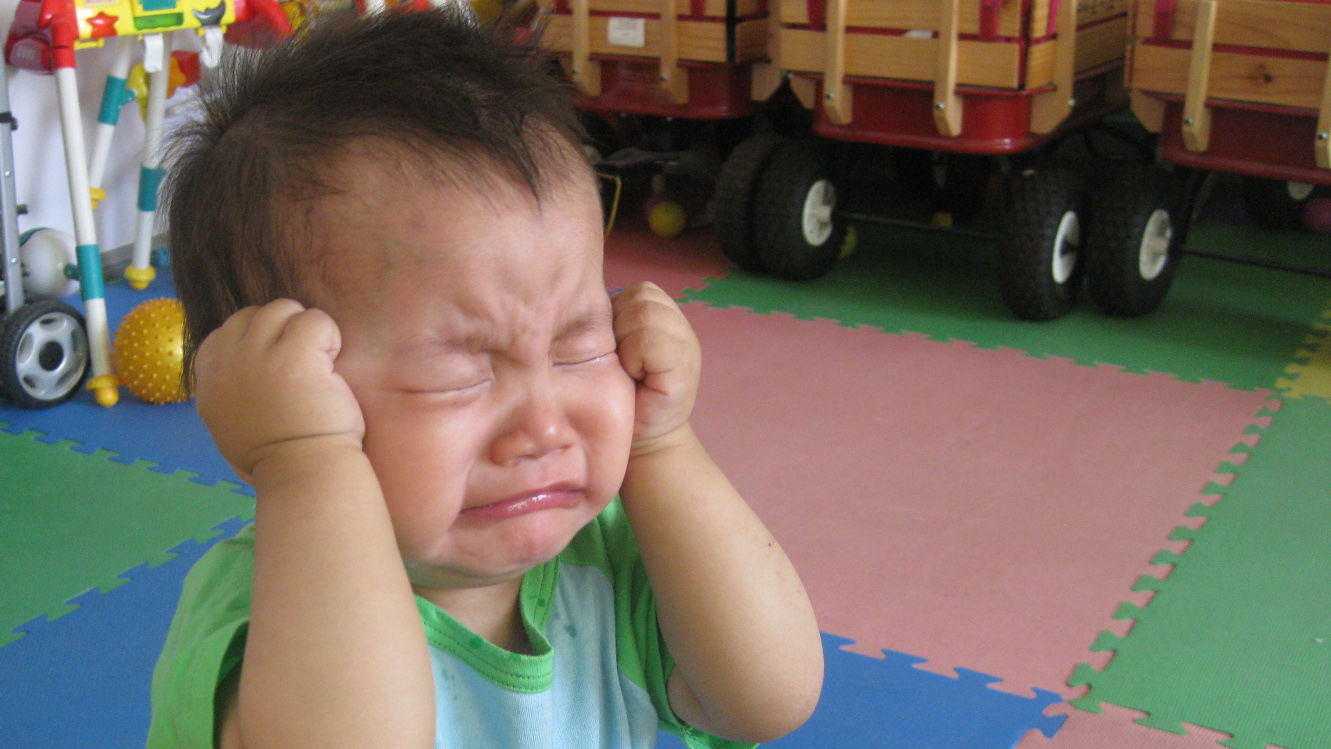
Yet, as we have seen again and again in OneSky’s programs, given time and love, these children can recover. And not only that, something even better can happen: These children can turn out to be extraordinarily empathic. Once they experience the love and nurture they so desperately need—even if that care comes late—they tend to grow into the kind of people who think of others, into people who try to make their own contribution to a troubled world.
They turn out to be better than we could have imagined. And that’s good news for everybody.
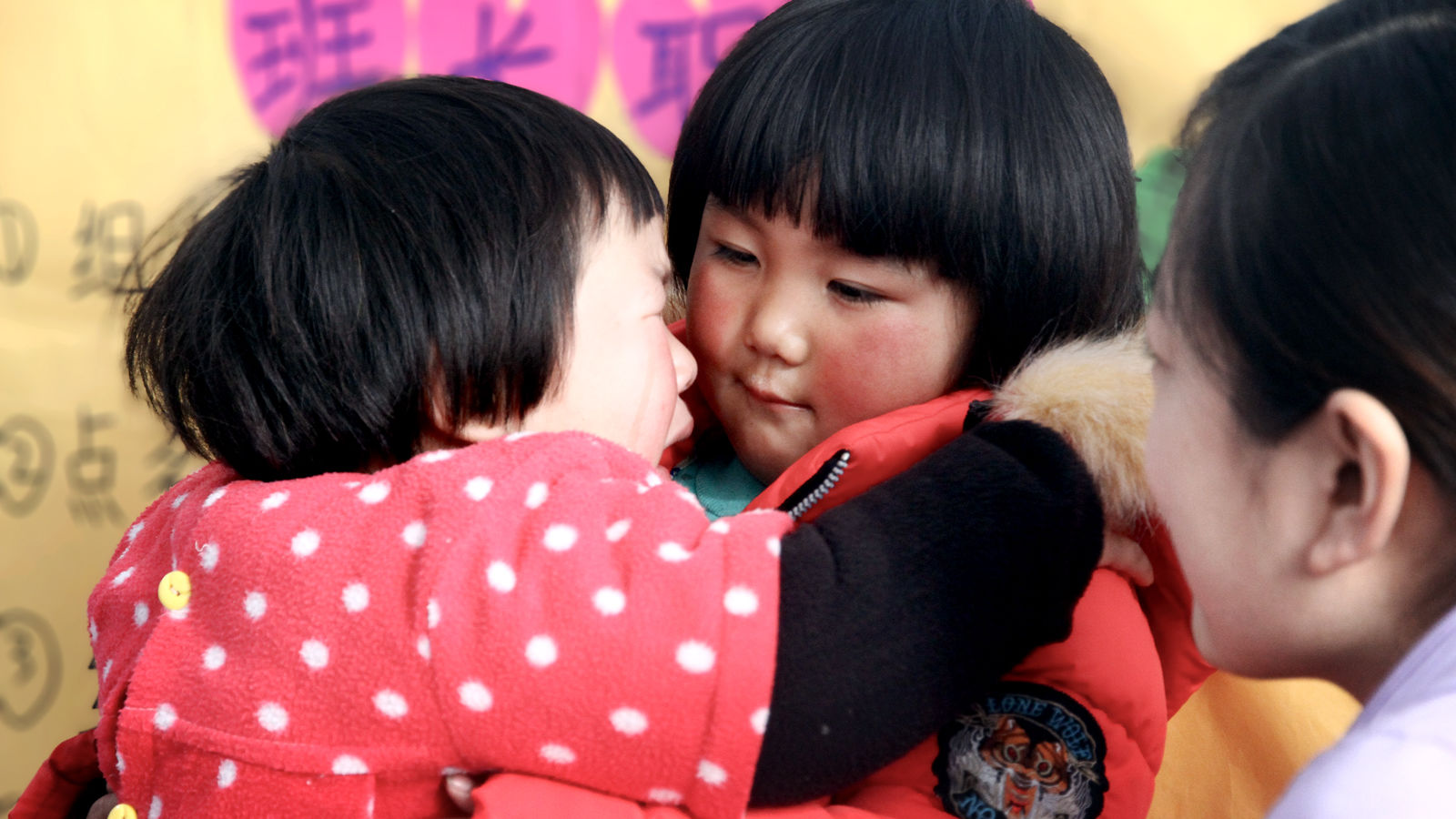
The story of the empathic child is the human story—of hope, renewal and the potential of rich, compassionate bonds between people. But how can we foster more empathy in a world so in need of its healing powers?
Some research has identified a genetic component to empathy, concluding that some of us, from birth, are more predisposed to the quality than others. Researchers identify two types of empathy. When an infant responds to a cuddle or a smile, it’s called affective or emotional empathy. This includes the capacity to react to another’s emotion, and even to experience distress at someone else’s unhappiness or pain. Cognitive empathy develops later, in children aged 3 to 4, when the ability emerges to understand others and take their point of view.
Both types of empathy develop during the period of super rapid brain growth that occurs in infancy and early childhood. In this critical window of development, the brain develops at lightning speed. And during this time, brain cells called “mirror neurons” spark when we see someone perform an action we can relate to.

Luckily, though, even children who have faced great adversity can develop empathy and show deep compassion for others—if given help in time. This is what psychologists identify as “post traumatic growth” and the development of resilience. This ability to heal allows children who have lived with hardship to go on, to find meaning in tragedy, to appreciate the beauty of ordinary life, and to reach out to others.
But first there must be healthy connection with other human beings. In a study published in the journal Emotion, researchers Daniel Lim and David DeSteno argued that a feeling of connection enhances the capacity for understanding the experience of others and acting in an altruistic manner.
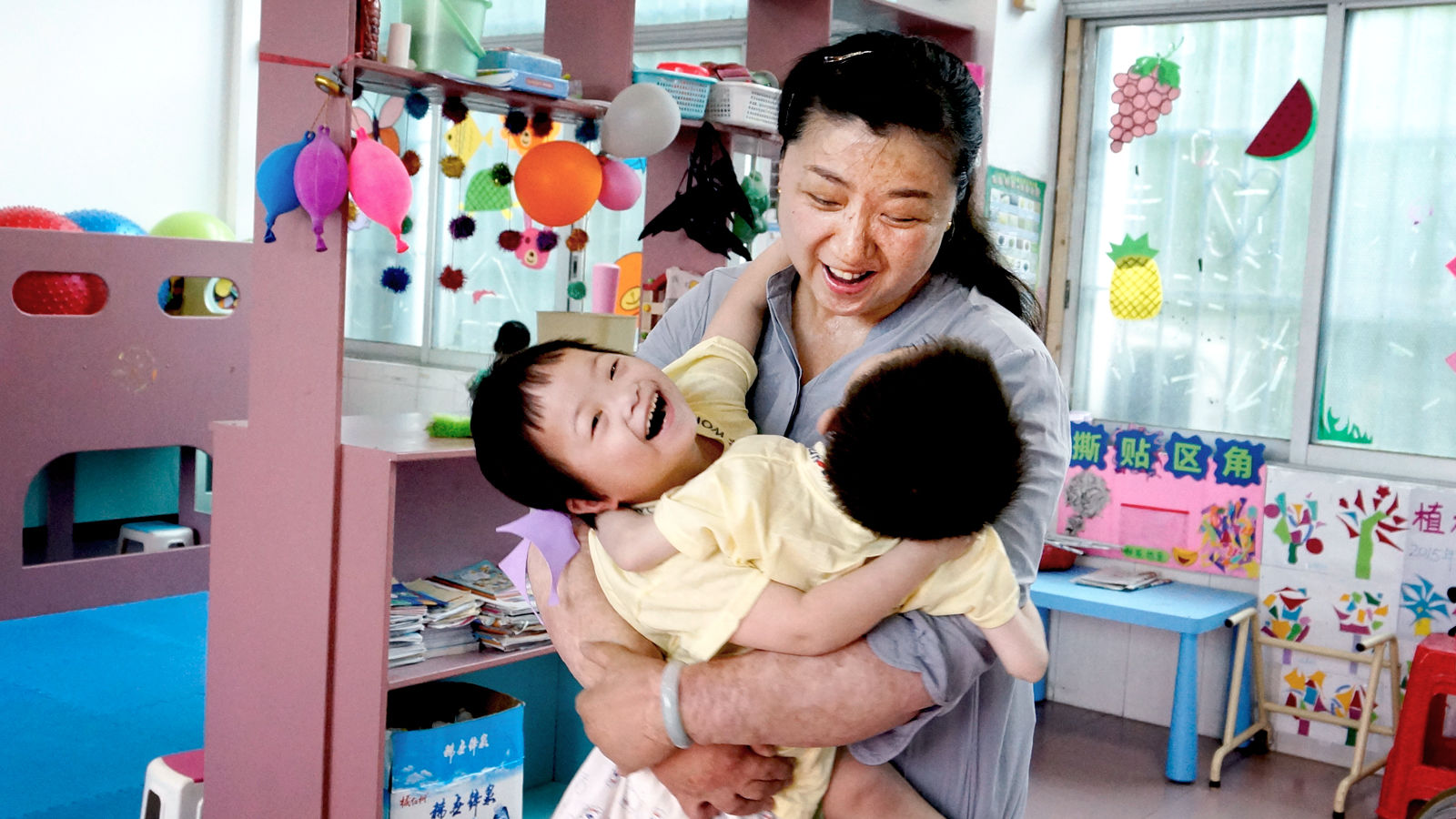
Given catastrophe, connections can form quickly. When disasters occur—earthquakes, floods, fires, war—the survivors often note that they relied greatly on the help, the empathy, of the other people involved in the tragedy.
A recent Northeastern University study found, in fact, that empathy and compassion levels were higher among people who had lived through adverse events—and this capacity frequently led to altruism—doing something for others.
When OneSky set up a tent for traumatized surviving children in the aftermath of the 2008 Sichuan earthquake, one teenaged boy who was there, comforting the smaller children, had himself just lost family. He’d walked alone to the OneSky tent, offering to help. “I just had to come and see what I could do for the others,” he said.
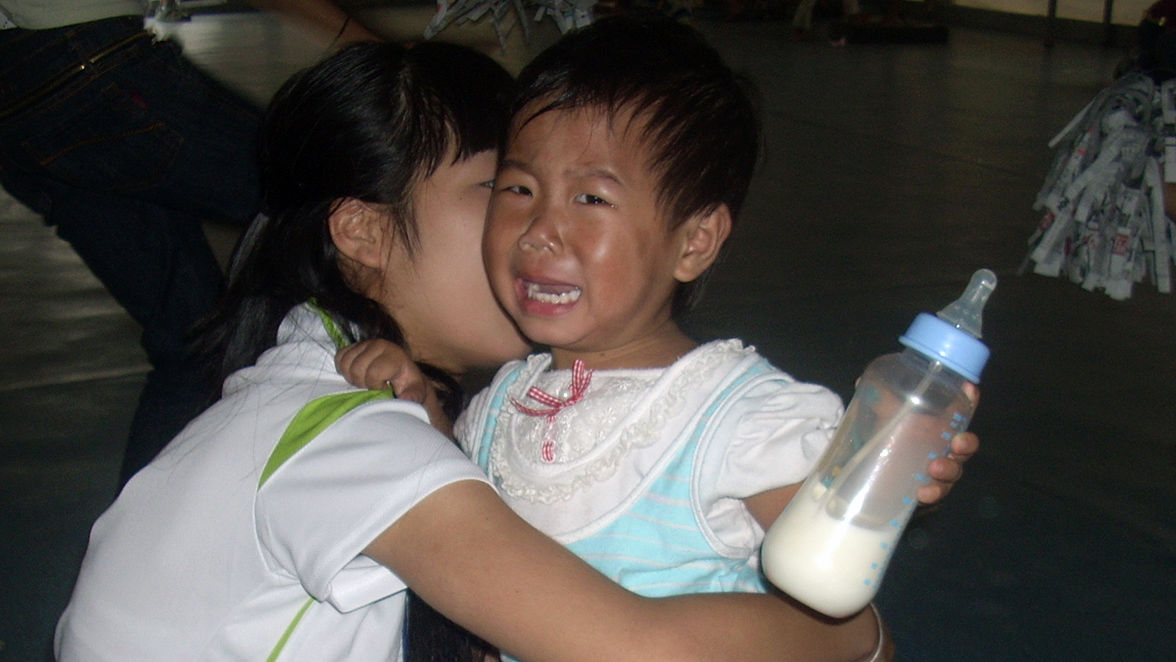
Perhaps the late renowned psychiatrist Elisabeth Kubler-Ross offered the best explanation for such recovery. “The most beautiful people we have known are those who have known defeat, known suffering, known struggle, known loss, and have found their way out of the depths,” she wrote. “These persons have an appreciation, a sensitivity, and an understanding of life that fills them with compassion, gentleness, and a deep loving concern. Beautiful people do not just happen.”
